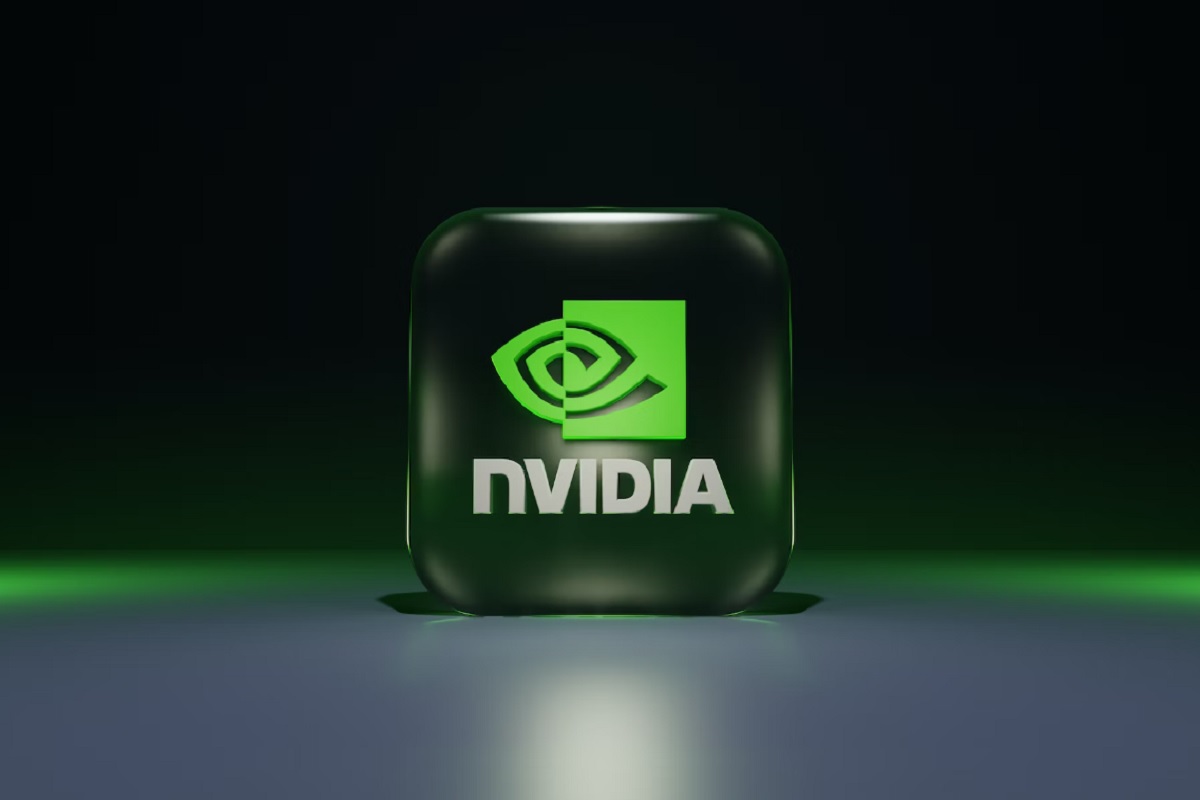Nvidia CEO Jensen Huang made a working trip to India in September, during which he visited four cities, talked with technical managers and researchers, and also held a meeting with the Prime Minister of this state, Narendra Modi.

For the American technology giant, which is currently one of the leaders in the sector of graphics processors, which are necessary, among other things, for the development of artificial intelligence systems, the South Asian country is of considerable interest. India’s population of 1.4 billion people is important to the company as a kind of space of opportunity in terms of pragmatic considerations and material prospects. In this case, the implementation of exploitative initiatives is not implied. India, with a population of almost 1.5 billion people, is a promising territory for Nvidia to host a production base and is a geographical alternative for hosting assembly lines.
China, which for a long period has been a kind of the main Asian industrial and technological cluster, is gradually beginning to lose its corresponding status against the background of measures by the United States to restrict the export of advanced chips to this country. In the plane of modern geopolitical realities, India is an attractive alternative. For Nvidia, this country, according to experts, can become a source of talent in the artificial intelligence industry, a base for chip production, and a market for the company’s products. India is also interested in cooperation with the giant of the high-tech industry. In case of successful interaction with Nvidia, thousands or more jobs will be created in the country, and factories with advanced equipment will appear. Also, cooperation with a company from the USA will contribute to the growth of the overall technological level of India in all senses and dimensions of this definition.
The media, citing sources, report that Jensen Huang, during a meeting with leading researchers in Delhi, discussed issues such as retraining the local workforce and creating artificial intelligence models as part of projects involving the use of Indian data arrays and talents. Also, the chief executive officer of Nvidia told the head of the Bangalore Technology Center about his belief in the engineering potential of this country.
Speaking about India’s prospects in the technological space, Jensen Huang expressed the opinion that one of the world’s largest artificial intelligence markets will be formed here.
Such prospects, which are predicted for the South Asian country, something like a bright future, are not some kind of fantastic scenario or an impossible dream that can be approached but cannot be realized. The development and acceleration of artificial intelligence in India is quite a logical process in the context of the current state of affairs in the technology sector, which is determined at the current historical stage of the existence of human civilization by geopolitical factors. The aforementioned restrictive measures of the United States are narrowing the ability of chip manufacturers to sell flagship microprocessors in China. In addition, the vector of the current American political course indicates that the situation will worsen and in the future may lead to a complete rupture of economic relations between Beijing and Washington, although the current phase of the financial and technological confrontation has not yet reached the point of no return.
Nvidia is interested in finding new markets. China accounts for about 20% of the sales of this manufacturer. Amid Washington’s fears that Beijing may use chips to create weapons or an active confrontation in cyberspace, Nvidia is gradually losing the opportunity to work in one of its main markets.
Neil Shah, vice president of research at Counterpoint Technology Market Research, says that for Jensen Khan’s company, India is almost the only remaining alternative to China, so nothing is surprising in the desire of the technology giant to start operations in this country.
Currently, the level of professional competence of Indian engineers does not give reason to assert that they can quickly integrate into the production process of complex chips produced by Nvidia. But at the same time, New Delhi stated ambitions to develop the electronics sector and use artificial intelligence for the digital economy. The government of India is providing billions of dollars in subsidies for the creation of chip manufacturing infrastructure to establish cooperation with companies such as Nvidia, Advanced Micro Devices, and Intel.
Nandan Nilekani, chairman of Infosys, an Indian multinational company engaged in the development of complex software, said that the South Asian country is of strategic importance to Nvidia. He noted that the government and private firms are aggressively building machine intelligence infrastructure.
After the meeting with Jensen Huang, Narendra Modi said that during the conversation with the entrepreneur, the rich potential that India offers in the world of artificial intelligence was discussed.
The largest Indian conglomerate Reliance, owned by billionaire Mukesh Ambani, during the tour of the head of Nvidia, announced that its Jio platforms will create an artificial intelligence computing infrastructure. The AI cloud will use complex supercomputer technologies developed by specialists from Jensen Huang’s company.
Another large conglomerate, Tata, also intends to build cutting-edge data centers with artificial intelligence and offer advanced service infrastructure for researchers, corporations, and startups.
As part of the efforts in the technological environment, India has already achieved some results. For example, Apple will transfer contract production from China to this country. Also in India, the scale of Amazon’s activities is expanding.
Sashikumaar Ganesan, head of computing and data processing at the Indian Institute of Science, who was invited to a meeting with Jensen Huang, said that currently no computing capacity in the country processes a billion billion tasks per second, and there are no specialists capable of writing complex software. According to him, India will not only have to create an artificial intelligence infrastructure but also train the workforce.
To. Krishna Moorthy, CEO of the India Electronics and Semiconductor Association trade group, says that the country is a rapidly developing market for advanced technologies, mentioning the high level of local demand for Nvidia GPUs.
Currently, Jensen Khan’s company has four engineering centers in India, employing 4,000 people, which is the second largest personnel reserve of the manufacturer after the United States. The head of Nvidia, speaking to these employees during his working trip, mentioned his favorite proverb saying that human can either run for food or run away so as not to become food. This symbolic statement in the context of the technology industry can be interpreted as a statement that there is no alternative to accelerated development and a statement that lagging behind the pace of competition is the path to collapse.
As we have reported earlier, Nvidia Reports Record Sales.









